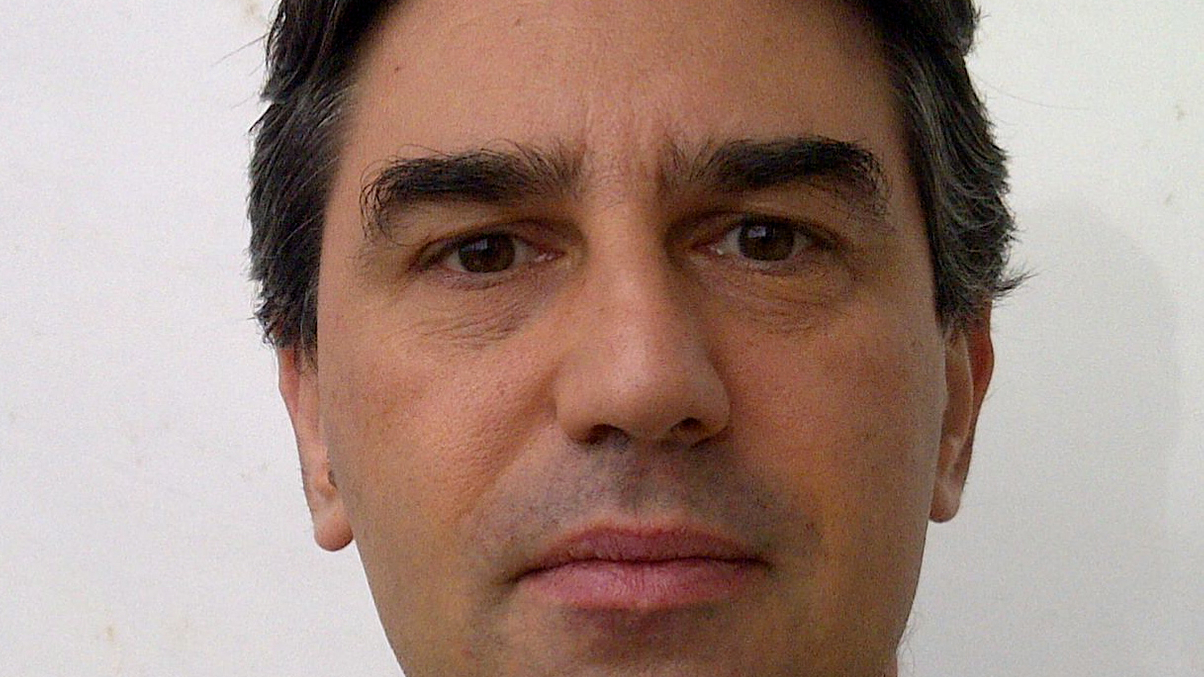Will China privatise reinsurance risk?
One fund manager is counting on the new leadership in Beijing to allow capital markets to play a role in diversifying insurance risk.

Reinsurance, like many aspects of finance in China, is a work in progress. The leadership transition is raising hopes among professionals that this field will also be liberalised.
Sign in to read on!
Registered users get 2 free articles in 30 days.
Subscribers have full unlimited access to AsianInvestor
Not signed up? New users get 2 free articles per month, plus a 7-day unlimited free trial.
¬ Haymarket Media Limited. All rights reserved.


